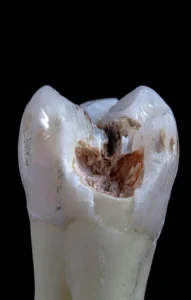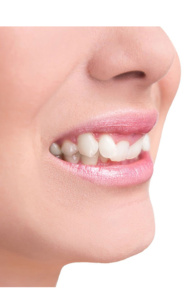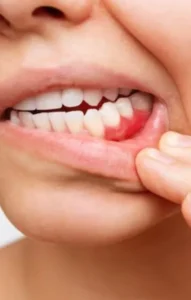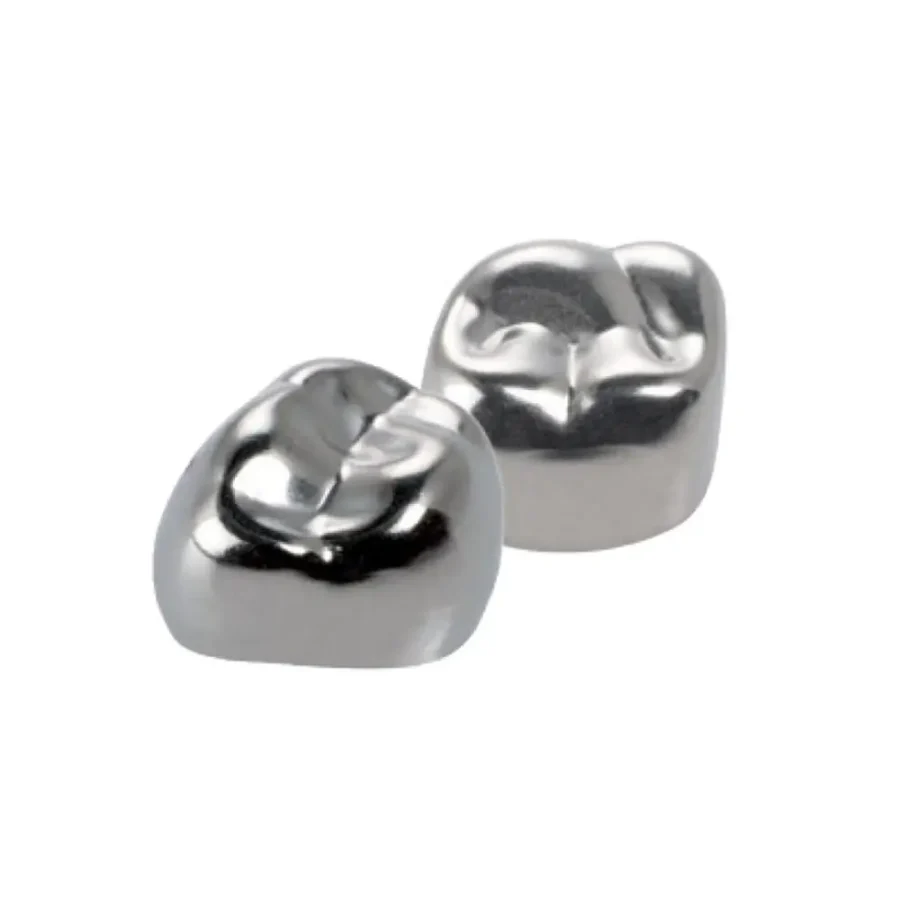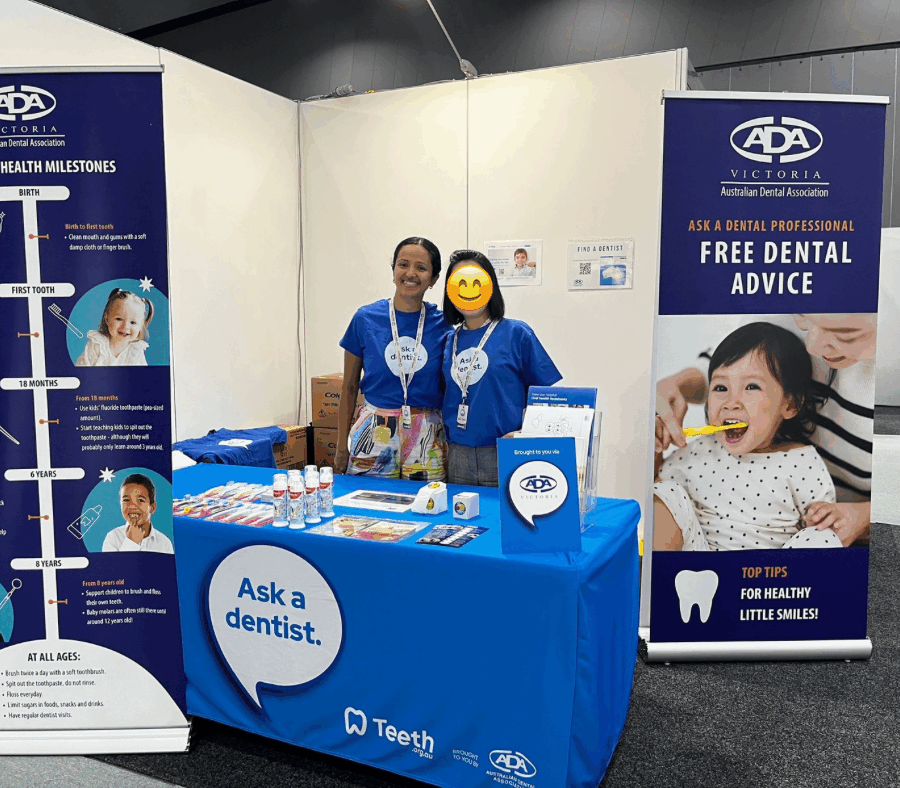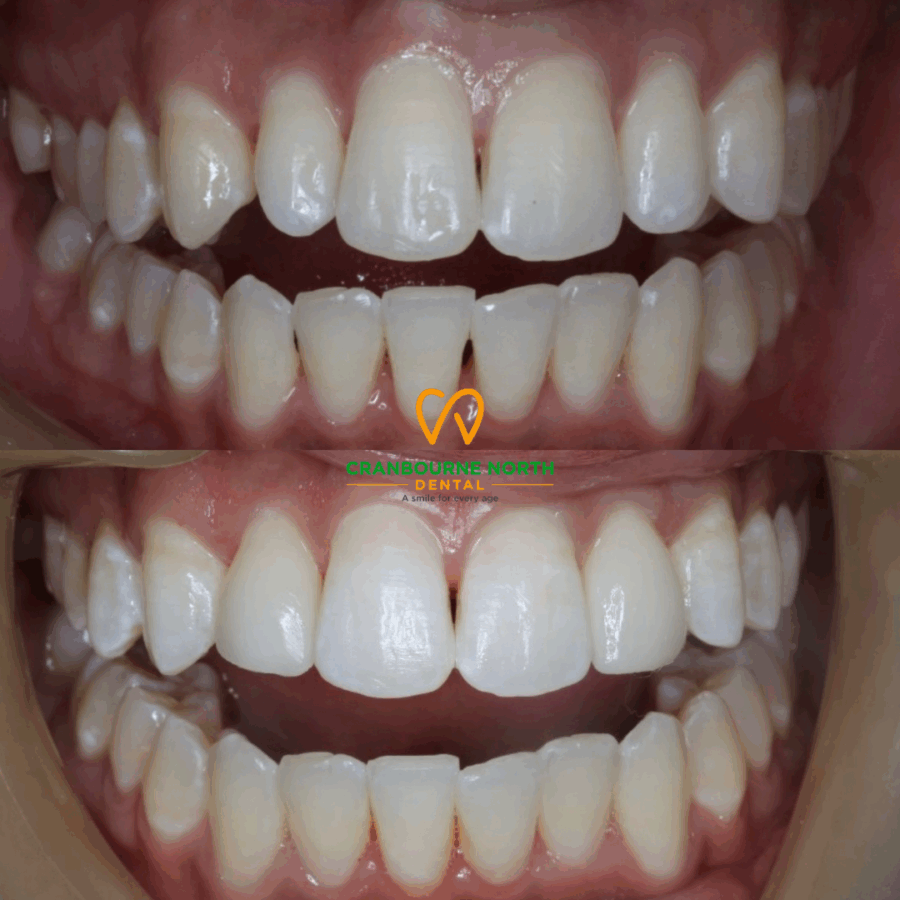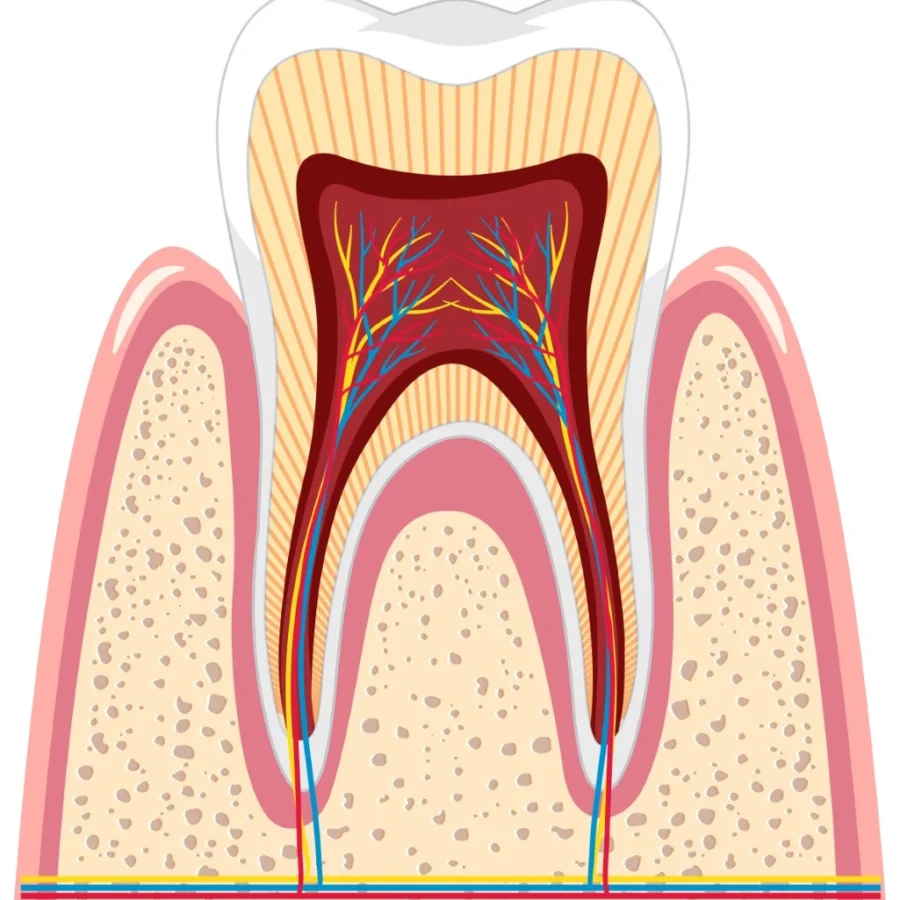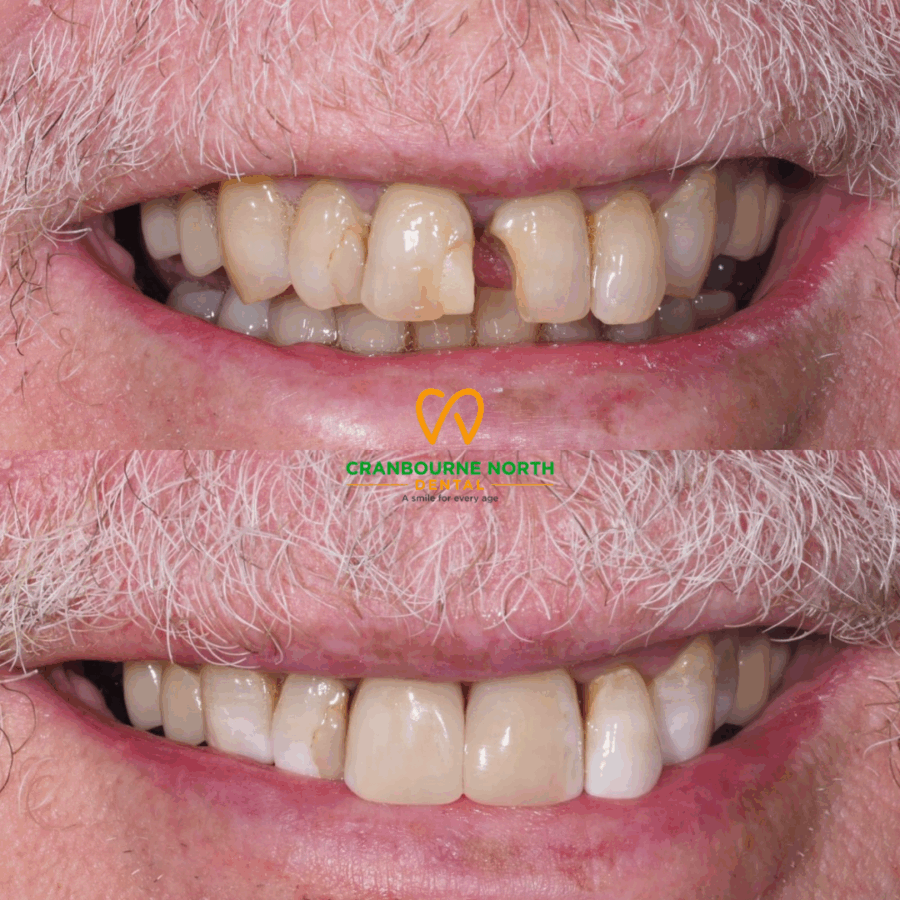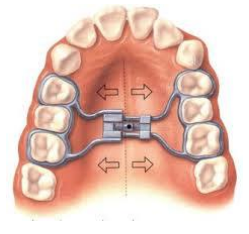

Orthodontic Jaw Expansion Treatment
Orthodontics is the movement of teeth. Jaw expansion falls under the category of Orthopaedic expansion and refers to the enlarging of your jaws to reduce the likelihood of teeth crowding.
Other signs that you may need jaw expansion include crossbites, narrow jaws and large overjets, apart from teeth crowding.
It’s important to note that Orthopaedic Expansion may be only one part of your Orthodontic journey. It is very likely that you will need to have further treatment such as braces or clear aligners to straighten your teeth. Each case is different, and your dentist will inform you of your tailored treatment plan.
Our Orthodontic Philosophy
Orthodontics is not just simply about straightening teeth. Here at Cranbourne North Dental, we aim to create a beautiful full smiles. We pay particular attention to the curvature, width and height of the smile. All of these aspects involve a lot more work than just straight teeth. The last thing we want for you is to have a flat straight smile (ie. Denture smile).
We also pay great attention to the profile of your face. Not only should your smile be full, but your facial profile should match it is as well. There is no point in extracting teeth in a patient who already has a sunken profile. Similarly, patients with lips that are too full should not have this worsen. This is why we say we treat the face, and not just the teeth.
Types of Orthodontic Jaw Expansion
Maxillary Expansion (RME)
Our top jaw (Maxilla) is made of two separate bones joined together by a line (mid-palatal suture). When we are young the bones have not fused together, and therefore we are able to stretch the two bones apart. This forms a gap between the bones which with time fills up with bone. When your top jaw is narrow, or if there is insufficient room for all your permanent teeth to fit into your top jaw, your dentist may prescribe a fixed or removable maxillary expander.
The expander sits around your first molars and can extend to some of your teeth further forward. The expander may or may not have a layer of plastic covering your upper back teeth. The timing of upper expansion is crucial and is typically done in younger patients aged 7 to 10.
Mandibular Expansion
Likewise, your lower jaw can also be expanded, to a certain extent and prior to the eruption of your lower adult canine teeth.
Sagittal Expansion
When we refer to expansion, we generally refer to transverse expansion. Transverse expansion means making the jaws wider laterally (sideways). Sagittal expansion, on the other hand, is the expansion of your jaws in the forwards and backwards direction.
Sagittal expansion is done in cases where the jaw is sufficiently wide sideways, but lacks the space for teeth (usually the adult canines) in the front and back directions. We use the incisive suture to expand frontways.
Why Choose Us
- Experienced Cranbourne Dentists who have a special interest in Orthodontics
- Digital 3D Scanning technology
- Fixed & removable plates
- Certified Clear Aligner provider in Invisalign™ (Gold Provider), Spark™ and Angel Aligner™
- Keen focus on airway (breathing), sleep & expansion
- Multiple payment plan options available for Orthodontic treatment
Orthodontic Expander Procedure
Depending on whether you need a Fixed (glued-in) or removal jaw expander, the process is fairly similar and involves:
- Moulds or scans are taken of your teeth.
- The jaw expander is made at our local orthodontic lab.
- If a fixed teeth expander is to be made, we will place separators (rubber rings) between your back teeth.
- Once the jaw expander is complete, we test the fit of the appliance and adjust it to fit your teeth. Fixed expanders will be glued-in at this appointment.
- You will attend regular appointments every few weeks to monitor the appliance and expansion of your jaws – generally up to a period of 1 to 2 years.
Call Us or Book Online Now
Common Problems
Frequently Asked Questions

How much does a Jaw expander cost?
The cost greatly depends on the length of treatment and number of appliances used. The cost for this can range from $1,000 (including all appointments) for a simple appliance up to roughly $3,000 for more complex expander treatments.
Do you need to to refer me to a specialist to do my Orthodontics?
Whilst we are able to do most Orthodontic treatment here at Cranbourne North Dental, we occasionally may need to refer you to an Orthodontist.
Do I need to wear a retainer?
As with all orthodontic work – you must wear your retainer after treatment or you may have orthodontic relapse.
How long is Orthodontic Jaw Expansion treatment?
Jaw expansion typically will last from roughly 6 months to up to 2 years, depending on the number of plates or devices used.

